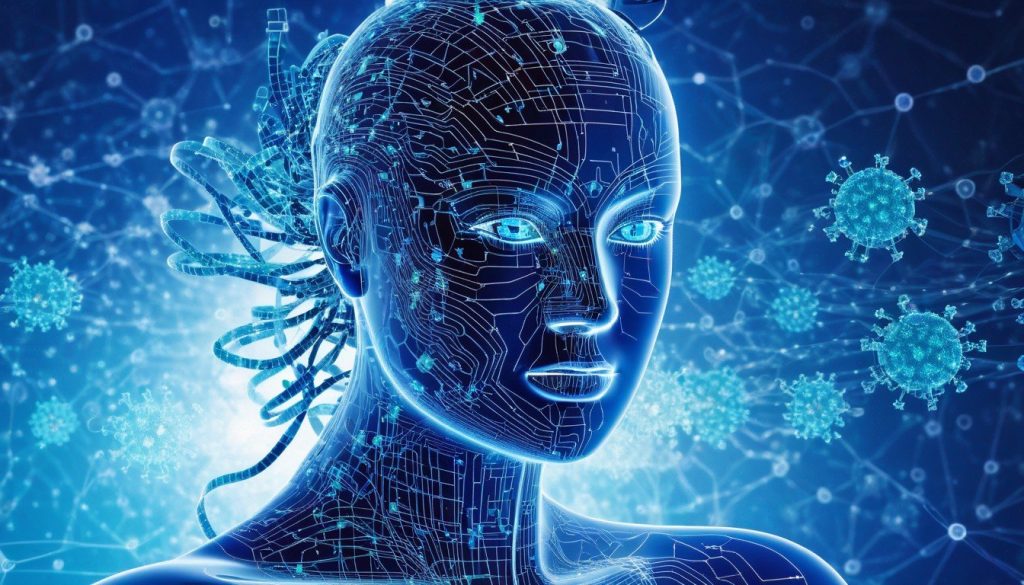As long as biomanufacturing researchers have access to high-quality training data, machine-learning models may be able to assist drug companies in more efficiently removing viral contaminants from their products.
Virus removal can be successfully accomplished with anion exchange chromatography (AEX). By drawing negatively charged molecules from the process stream with a positively charged resin, the method separates molecules according to their charges. The challenge is that each new process necessitates a large number of costly and time-consuming characterization experiments in order to develop an efficient AEX protocol.
According to a study conducted by scientists at Catalent Biologics and the industrial artificial intelligence company Quartic.ai, machine learning can expedite the development of AEX protocols.
Because of the lack of knowledge of how different parameters affect the performance of viral clearance, the scientists write that developing anion exchange chromatography processes with robust viral clearance tends to be difficult. Furthermore, because viral clearance studies are expensive, time-consuming, and difficult to execute, they can only be carried out in small numbers during process development. As a result, it is unlikely to completely characterize how different process variables and feed characteristics affect the viral clearance performance.
In these kinds of situations, it is possible to swiftly, affordably, and completely explore the process design space with in silico models, like machine-learning models trained on historical datasets, and propose suitable process modifications. This leads to the expedited development of efficient viral clearance processes and permits predictive monitoring during manufacturing.
Model development
The study’s researchers trained a model to forecast the performance of different AEX protocols using data from viral clearance experiments conducted by Catalent over the previous 30 years. The 104 training data points comprised data from two model viruses, the xenotropic murine leukaemia virus (XMuLV) and the mouse minute virus (MMV), as well as information from 30 recombinant protein products.
The researchers compared the generated virus log reduction values with data points from the training data set in order to test the resulting ML model. They discovered that, for about 70% of the data points, the predicted values closely matched the experimental values.
The authors emphasize that having comprehensive data was essential and that companies interested in applying machine learning in this manner will require similar high-quality data in order to obtain comparable outcomes.
Actionable data availability is the main obstacle to applying machine learning techniques in bioprocessing. The researchers claim that in order to train and validate machine learning (ML)-based models, biopharmaceutical manufacturers need access to contextualized and comprehensive viral clearance datasets.
To maintain models current, interfaces that enable users to efficiently design, interpret, and apply them must coexist with a strong, automated framework for training, pre-processing, and storing data. Nevertheless, despite these limitations, machine learning holds great promise for assisting process developers in optimizing viral clearance and other subsequent steps.
The authors state that many businesses now provide end-to-end solutions for data collection, storage, analytics, and model deployment. “The adoption of ML-based approaches in designing, developing, characterizing, and controlling bioprocesses is rising.”








